This article is about Baptisia tinctoria often called Wild indigo. This is not the plant that makes the indigo dye, though that plant (an Indigofera species) is also in the Fabaceae (Pea family). It is one of my favorite plants for respiratory viruses (cold and flus) and accompanying sore throats. The roots are the part used for medicine. It was employed by the Eclectic physicians who used it for a variety of conditions. It is also the source of one of my favorite quotes in Ellingwood’s Eclectic Materia Medica; he suggests one should use it if one has “ stools resembling prune juice or fetid meat washings”. ‘Fetid meat washings’, how is that for a visualization.
It is not a common plant, but I occasionally find it along the borders of woods mainly in Virginia and West Virginia. And while it is not particularly showy, I can usually spot it while driving due to the distinctive green coloration of the leaves.
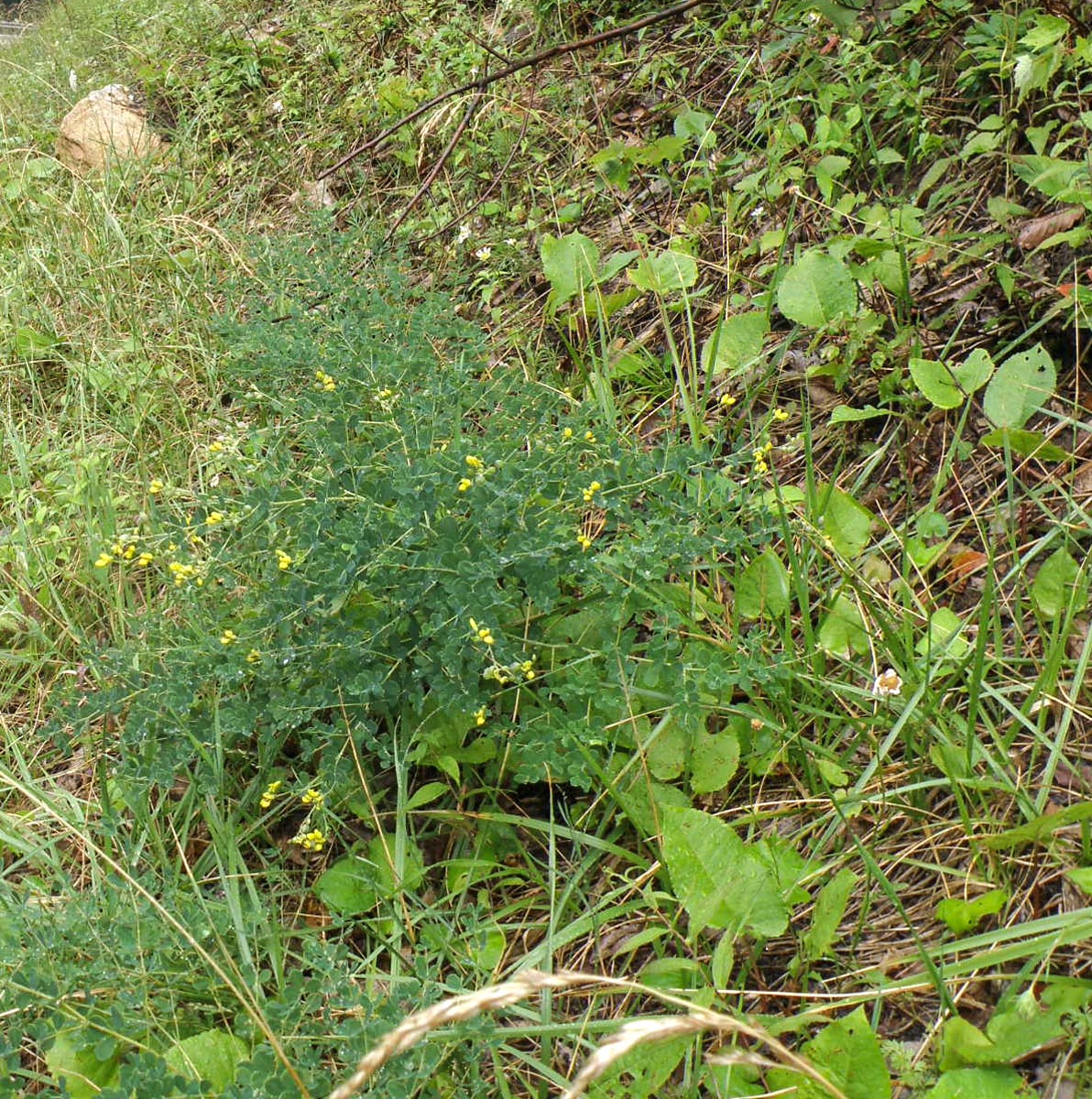
I use the fresh root tincture. The roots are not that far down in the soil, but they tend to grow in clayey soils and are not that easy to dig and pull out. Also, when you try to pull them out, the outer root bark comes off leaving the middle part of the root in the ground. So it takes a little while to work the whole root out of the soil.
I often mix this plant with Echinacea, Berberis, Ligusticum, Hydrastis and other antimicrobial plants. I use it for colds and flus and secondary bacterial infections. And while killing or inhibiting viruses and bacteria are two entirely different things, I feel that Baptisia and perhaps these other plants do so, likely through different mechanisms and various constituents each of them have.
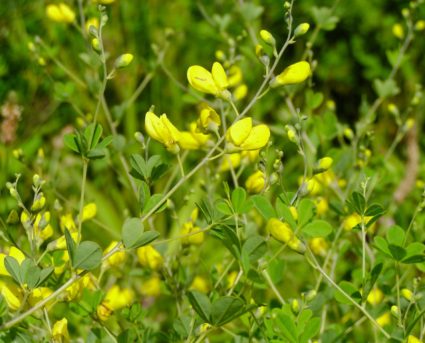
Dosage-it is a fairly strong medicine and I tend to not use it alone. In a tincture with equal parts of Baptisia, Ligusticum, Eupatorium perfoliatum and Echinacea, for an adult in the throes of a flu, I would give about 2.5 ml (a half a teaspoon, or about 2 full 1 oz droppers), every 2-3 hours the first day. As symptoms abated, I might use a bit less every 4 hours. And as the condition improves lower both quantity and frequency. In these situations you might want to also start mixing in other medicines such as antiinflammatories, decongestants, cough and sore throat remedies, pain relievers and other medicines. For a more detailed list, please see my handout ‘An Herbalist’s View-Approaches to Colds and Flus).
It seems safe for children, just reduce your quantity (not frequency) with littler people.
If you haven’t tried it, this is a plant I would strongly recommend.
As usual, I hope this was helpful. ~7Song
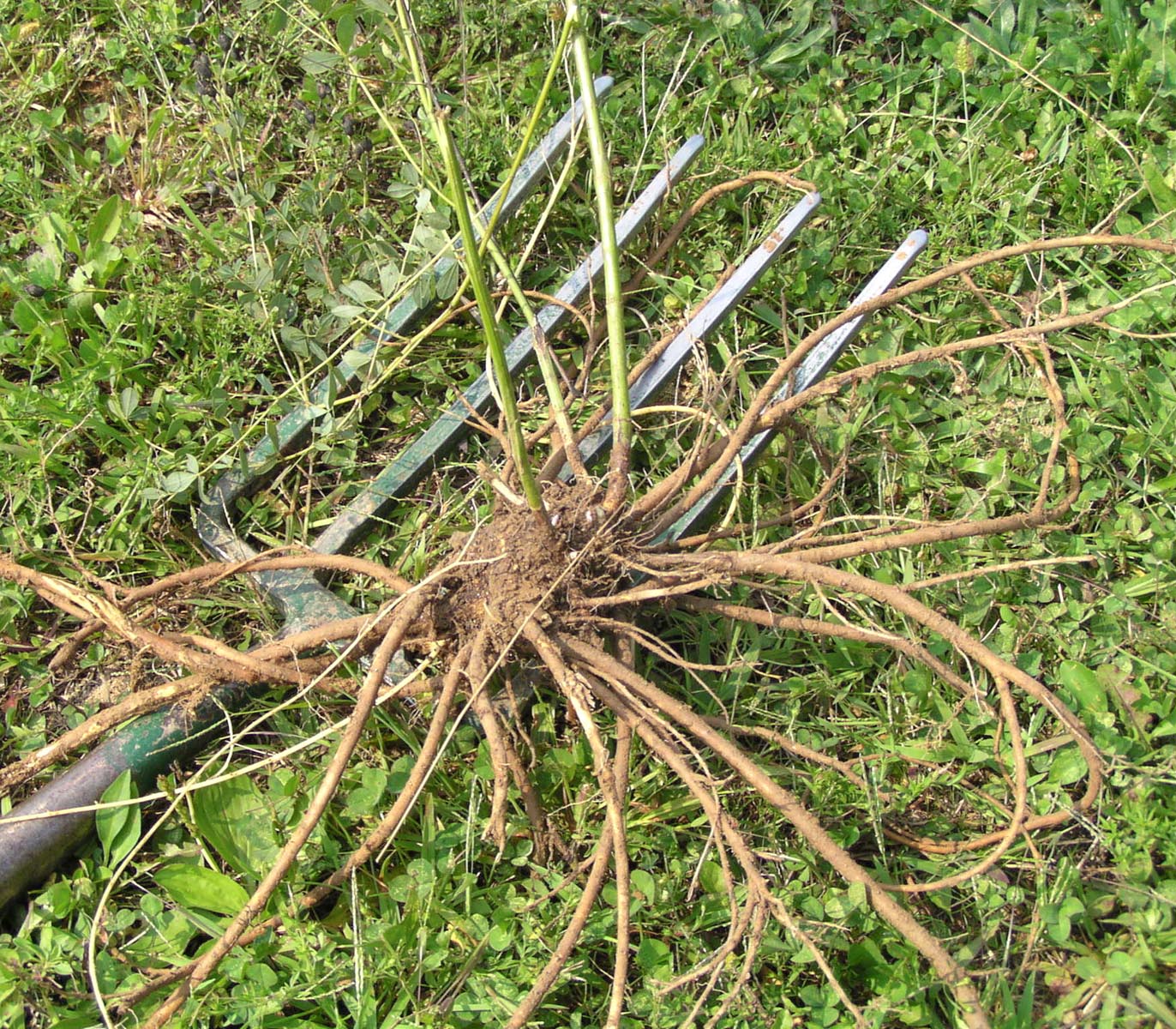
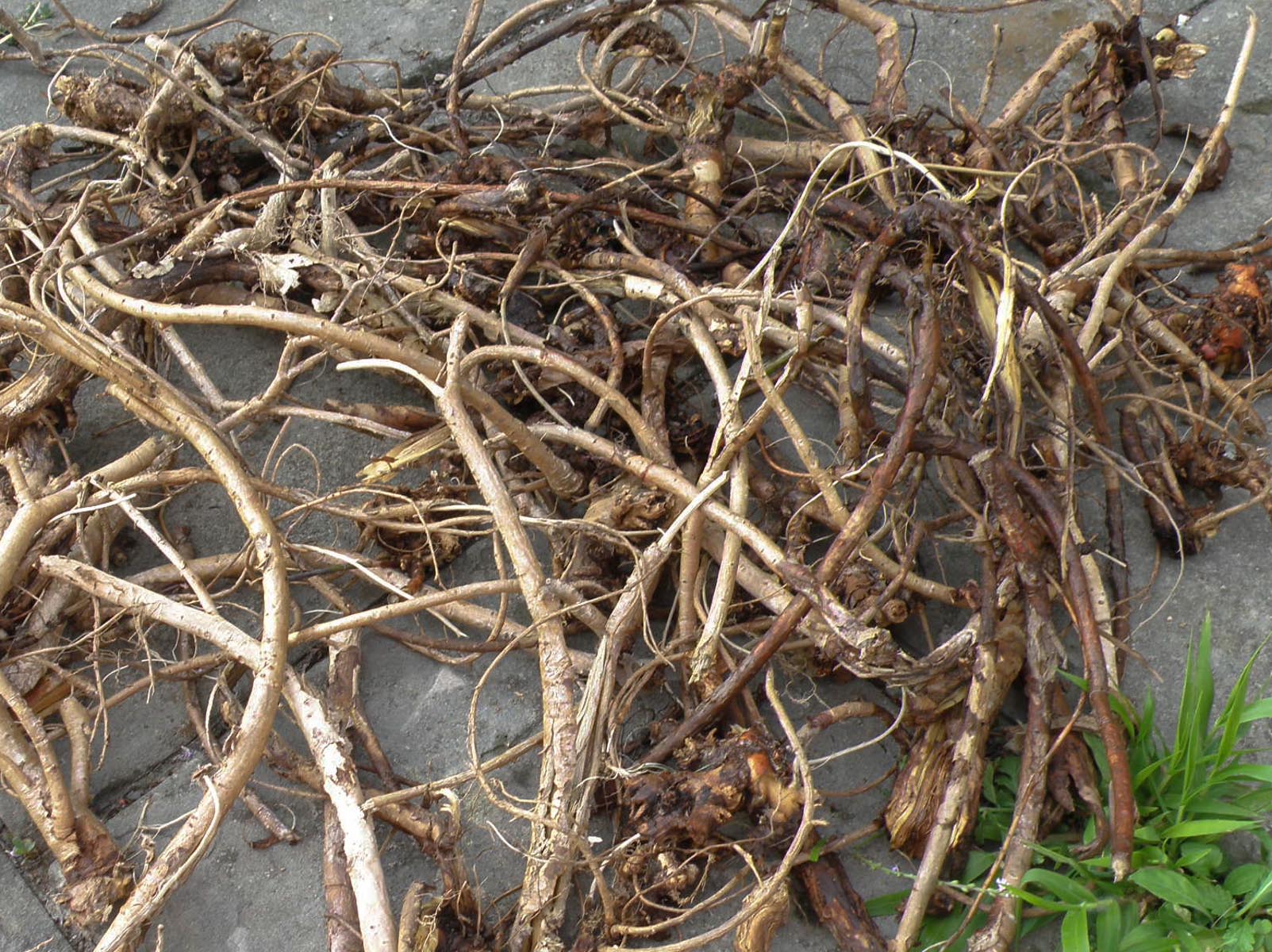
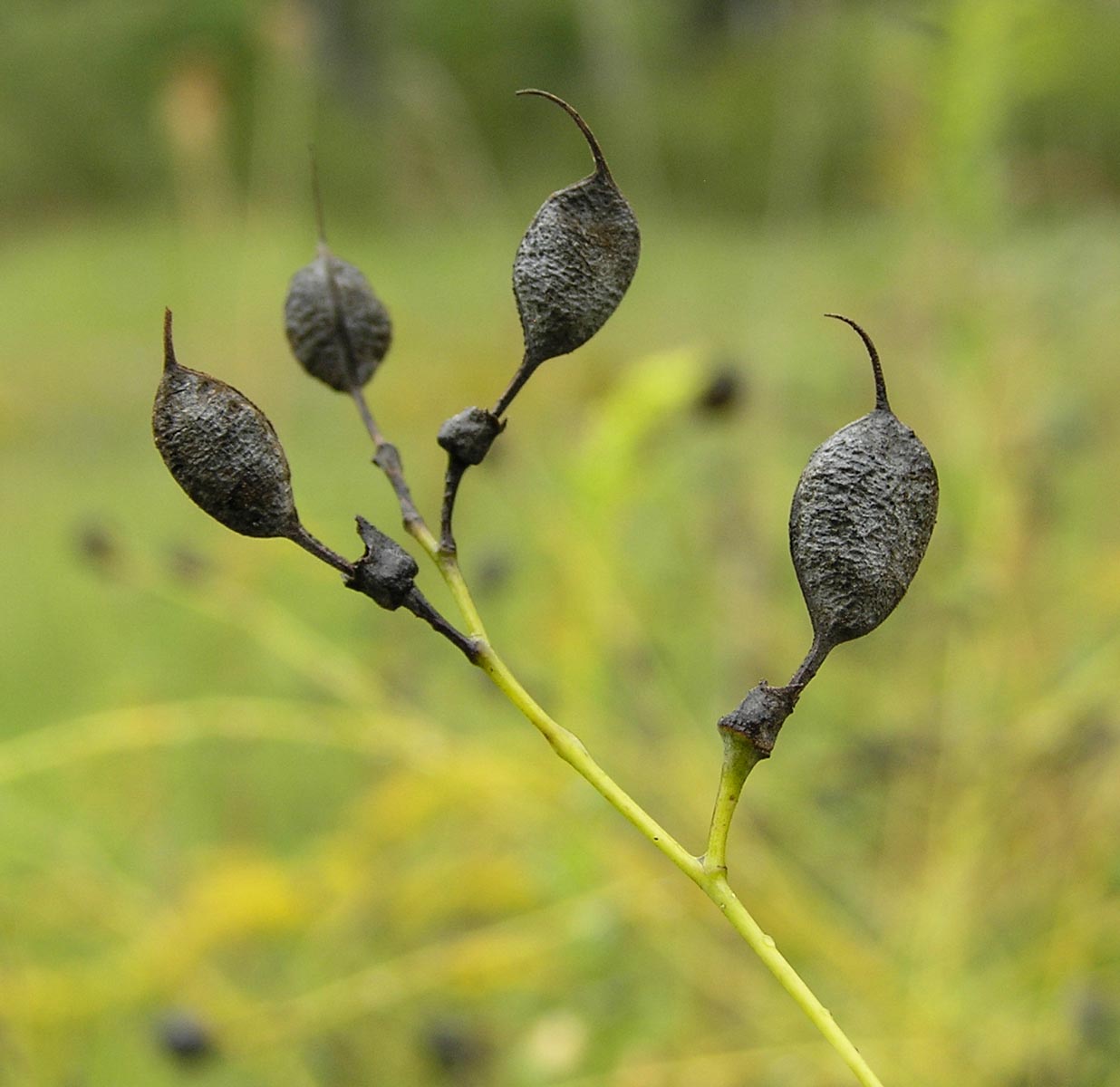
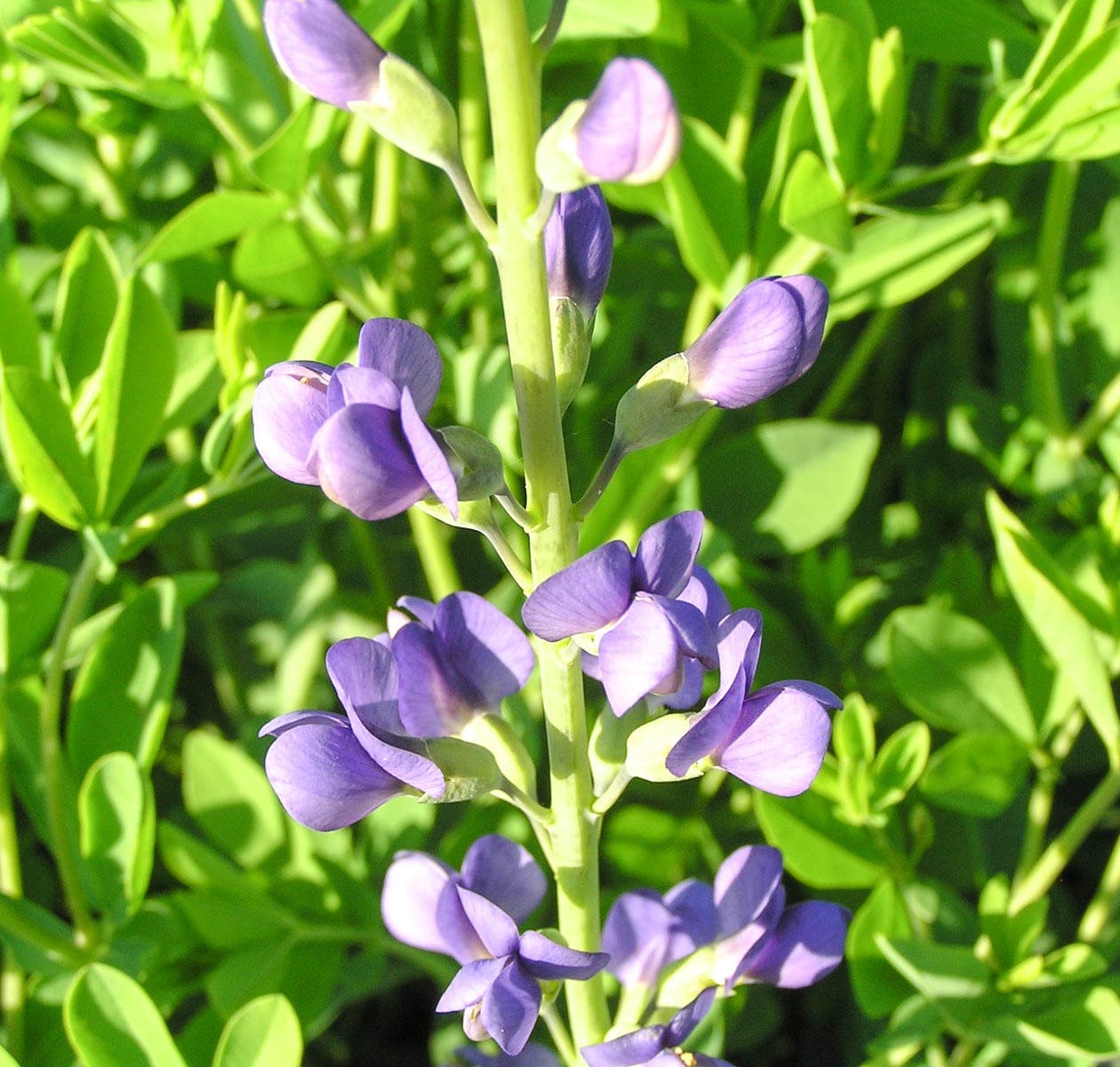
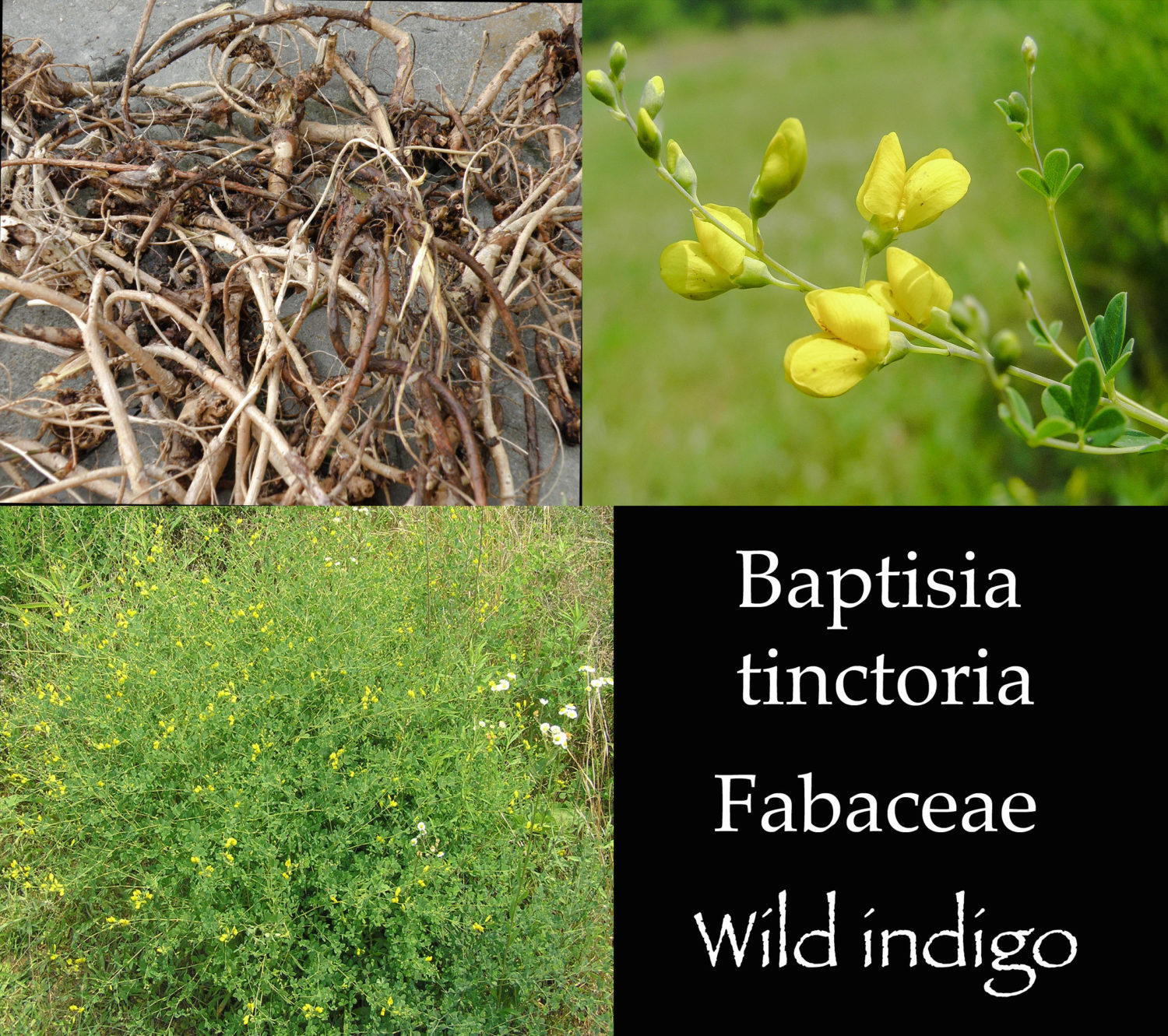

Hiya,
Quick question. How do you feel about tincturing the dried root? (Saw some on Mountain Rose’s website.) I know that some roots lose potency once dried…
Many thanks for this article and for all that you do!
Jessie
Hello Jessie
I have only recently began trying the dried roots of Baptisia tinctoria and so do not have enough information to know how well it works. And very sorry to answer you so much later.
the purple flower looks alot like a Lupinus…just mycol analness! Kricket likes your dragonfly and says hello! Do you think the Baptisia would also overlap with others such as B. lecontii?
Hey there,
I am familiar with Baptisia australis as a garden plant, I have never encountered Baptisia tinctora on the west coast. Would you ever use B. australis if it was the only one available in your area?
thank you,
Kate
Hi there. I’ve tried to grow this wonderful medicine plant in my garden but it always dies… and I can’t figure out what I’m doing wrong. What kind of soil is it found in? I’d like to talk to you more on this subject…. thanks! I’m from Alberta…
Hello James
It seems difficult to grow Baptisia tinctoria. Though only place I have seen it successfully done was in a botanical garden in southern appalachian Ohio. Unfortunately I am not sure of its requirements though you may try looking for people who specifically grow medicinals. Baptisia australis on the other hand is very easy to grow, though I don’t use it for medicine.